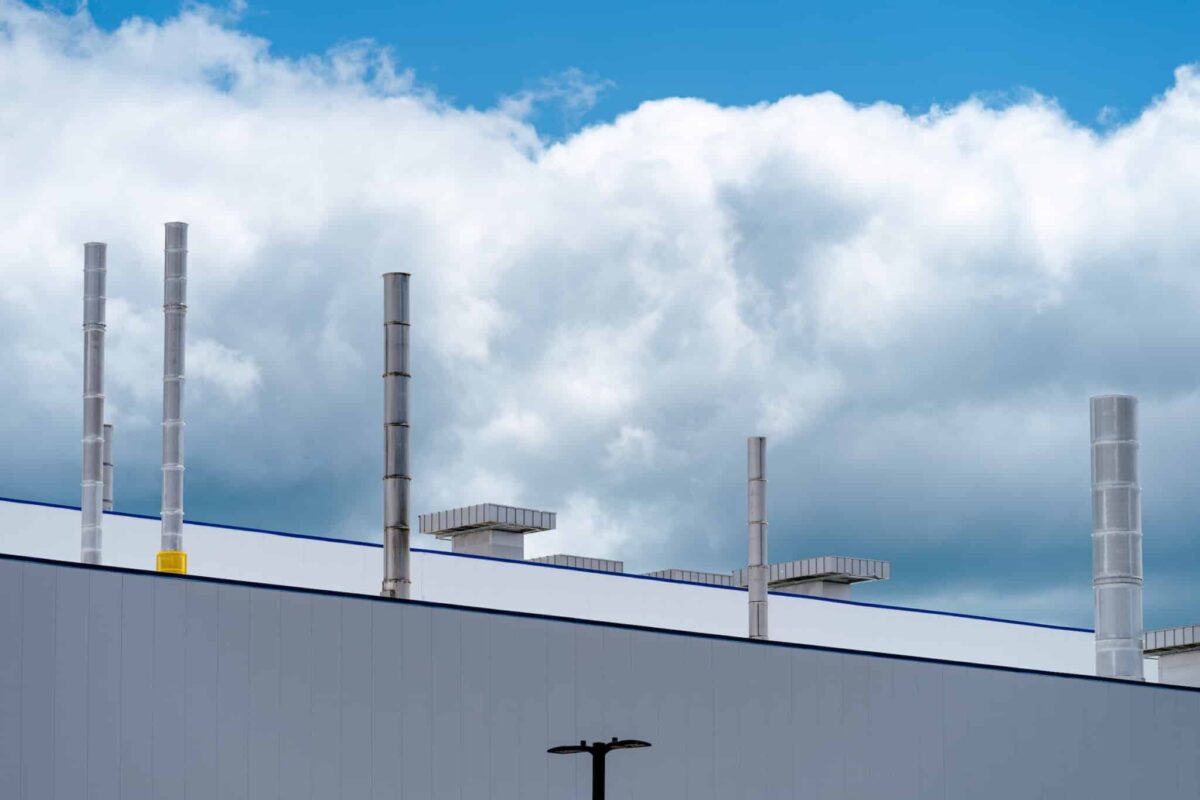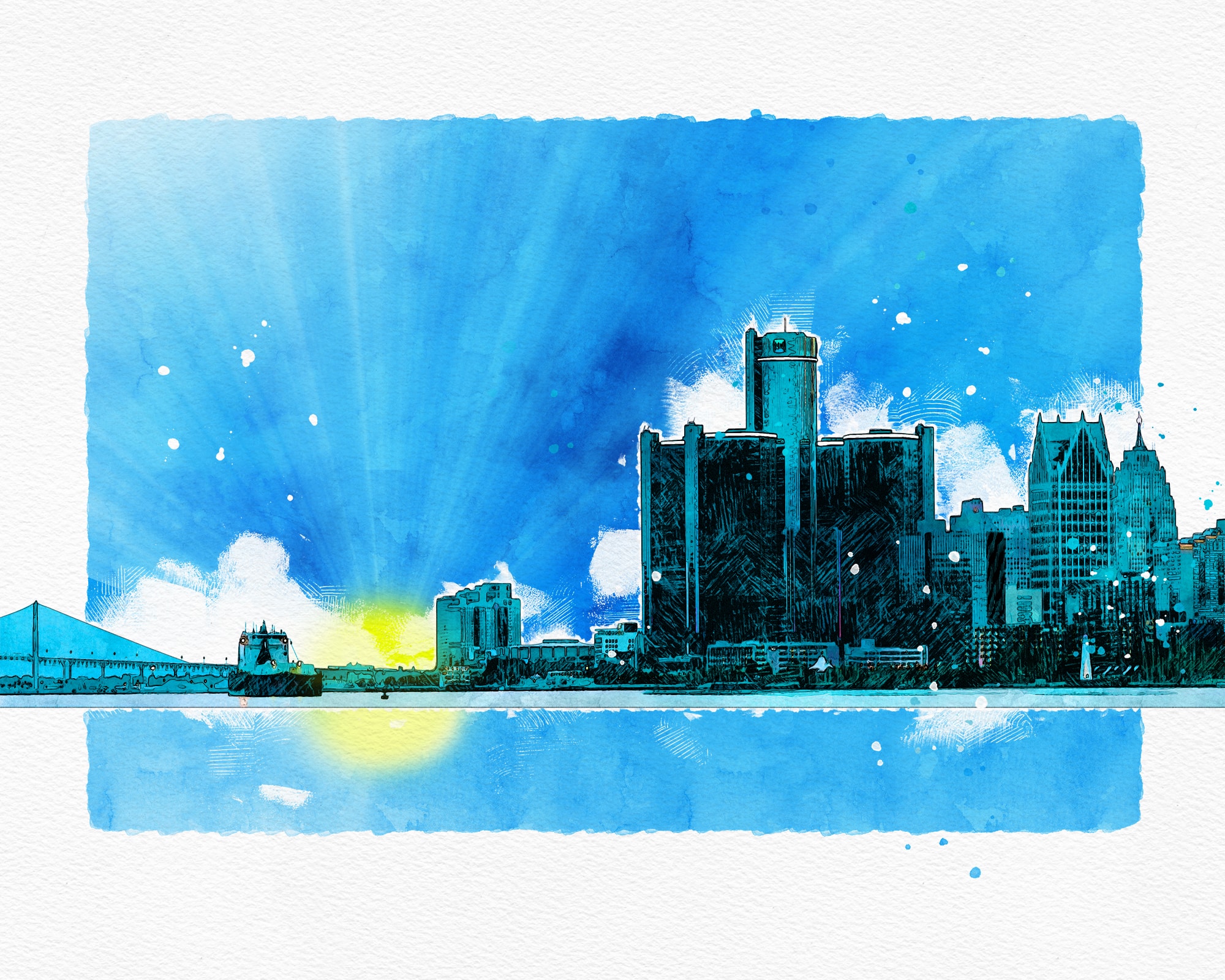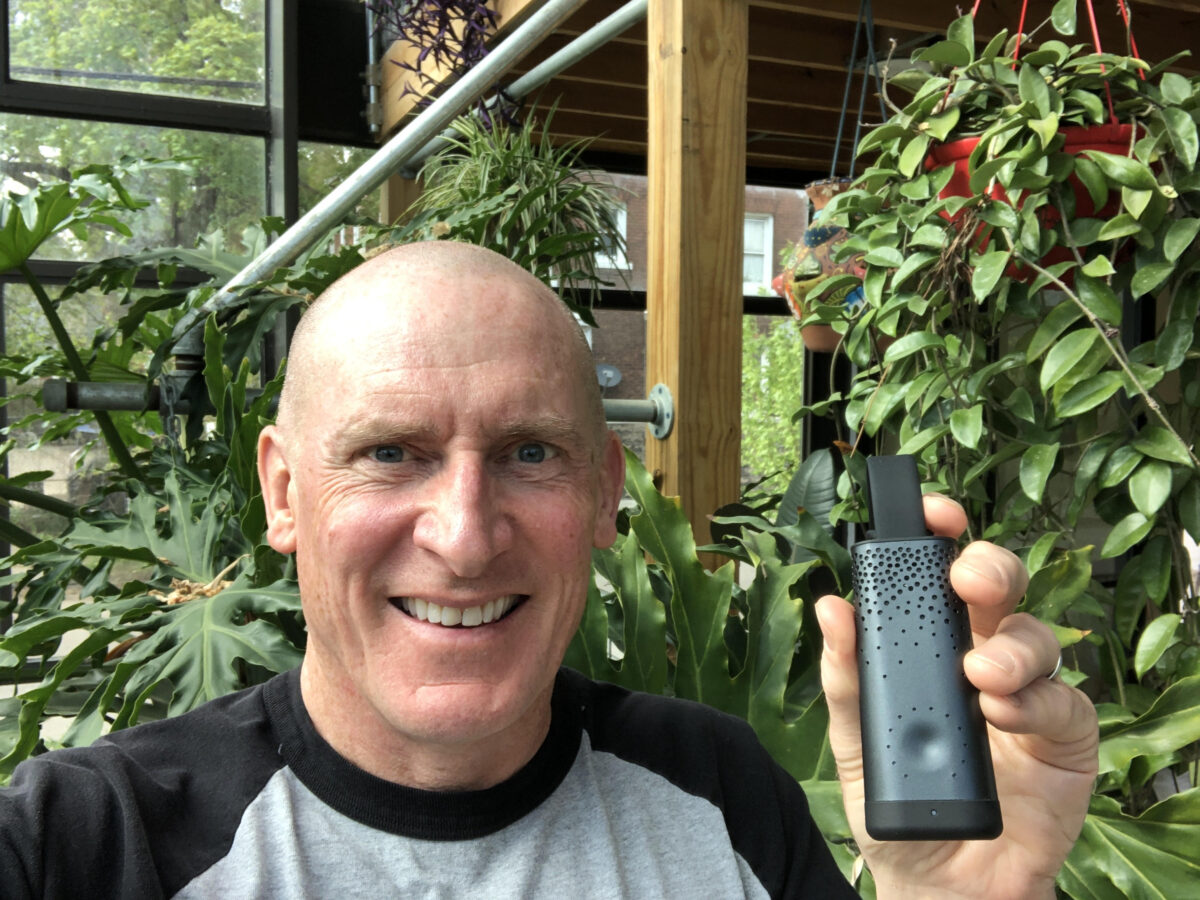Overview:
-Sierra Club sends Michigan's environmental regulator a notice of intent to sue over enforcement of ozone levels in southeast Michigan.
-Ozone levels on Detroit's east side have remained essentially unchanged over the last decade.
-"Every step of the way, EGLE has put polluters over people," Robert Shobe, director of the east side environmental justice group Justice for Beniteau, said in a statement.
Michigan regulators are failing to meet their own plan to reduce ozone pollution in southeast Michigan, according to the Sierra Club.
The group sent a notice of intent to sue to Michigan’s Department of Environment, Great Lakes, Energy on May 14, saying the agency is required to address high levels of ozone pollution in Allen Park and on the east side of Detroit.
Ozone is formed by a chemical reaction between substances like nitrogen oxides (NOx) and volatile organic compounds (VOCs) in the presence of heat and sunlight. Ozone can cause respiratory problems and increase the frequency of asthma attacks.
The Environmental Protection Agency determined a seven-county area in southeast Michigan failed to meet federal air quality standards for ozone in 2018. EGLE successfully lobbied in 2023 to have the area redesignated as meeting ozone standards, using the EPA’s “exceptional event” rule that allowed it to exclude monitoring data from days impacted by wildfire smoke in 2022.
EGLE developed a maintenance plan as part of the redesignation that included a contingency plan for addressing ozone pollution if certain action levels were exceeded. The Sierra Club argues such thresholds were crossed when the East 7 Mile and Allen Park monitors exceeded ozone standards between 2021 and 2023, but EGLE failed to enact the “additional control measures” required by the plan.
“We just want EGLE to finally uphold their promise to protect Detroit residents from dangerous levels of ozone pollution,” said Nick Leonard, executive director of the Great Lakes Environmental Law Center representing the Sierra Club.
Detroit’s east side grapples with persistent ozone pollution
The issue highlights ongoing pollution on the east side of Detroit, where ozone levels have remained essentially unchanged over the last decade. This pollution is occurring in a predominantly African American area where many census tracts are in the 98% percentile or above for asthma, according to the state’s MiEJScreen, an environmental justice screening tool that tracks pollution exposure and underlying risk.
“Every step of the way, EGLE has put polluters over people,” Robert Shobe, director of the east side environmental justice group Justice for Beniteau, said in a statement. Shobe called attention to the Stellantis plant that was built behind his house, even though the area was already dealing with high levels of pollution.
EGLE spokesperson Josef Greenberg said that ozone pollution is improving in southeast Michigan.
“We followed appropriate processes in examining available data and remain confident our determinations were made properly and U.S. EPA has agreed with those determinations,” Greenberg said in a statement to Planet Detroit.
The Sierra Club’s notification shows pollution at the East 7 Mile monitor was at or above EPA’s standard for ground level ozone of 70 parts per billion for every year between 2016 and 2024.
Michigan’s environmental regulator is required to respond whenever a single monitor meets or exceeds the “two-year action level” or the ozone design value exceeds the National Ambient Air Quality Standard, or NAAQS, for ozone.
The Sierra Club found ozone levels at both the Allen Park and East 7 Mile monitors met or exceeded the two-year action level based on data from 2022 and 2023. The East 7 Mile monitor exceeded the NAAQS based on 2021-2023 data.
State regulator asks EPA to redesignate Wayne County’s compliance with sulfur dioxide standards
The EPA will review the request and decide whether it meets Clean Air Act requirements, and the federal agency has 18 months to approve or deny the request
Chemical odors in Southwest Detroit trigger April air quality complaints
Southwest Detroit resident Ed Gies reported a petroleum smell at Delray Park on April 12. Despite suggestions the odor may have originated with Marathon Petroleum Corp., Michigan’s environmental regulators could not identify the source, highlighting ongoing pollution challenges in the area.
Sierra Club’s EPA lawsuit over Detroit air quality continues
The Sierra Club is contesting the EPA’s decision to reclassify Detroit as meeting federal ozone standards, arguing it overlooks local pollution and endangers residents’ health.
Will Michigan seek to exclude data due to wildfire smoke?
Leonard said EGLE may try to use the exceptional event rule to disregard monitoring data from the summer of 2023, which could allow it to argue ozone standards weren’t exceeded at the East 7 Mile and Allen Park monitors. In 2023, smoke from Canadian wildfires blanketed Midwestern cities, leading Detroit to have some of the worst air quality in the world.
The state secured exceptional event designations for the East 7 Mile monitor for two days in 2022, which were accounted for in the Sierra Club’s analysis. The agency didn’t request exceptional event designations for 2023, Leonard said, although an EGLE ozone trend analysis found wildfire smoke influenced ozone levels for several days in 2023.
EGLE did not respond to Planet Detroit’s question about whether the agency would seek exceptional event designations for any days in 2023.
“If Michigan wants to exclude high ozone days due to alleged wildfire smoke impacts, they have to follow that process,” Leonard said, adding it is intended to be a strict process in which states come up with a detailed analysis.
A 2024 EGLE study found it may be a challenge for southeast Michigan to meet national ozone standards going forward, citing the effect of climate change and El Niño weather patterns on ozone.
Leonard said EGLE had the discretion to decline to seek exceptional event designations and better protect residents from air pollution. He argues the agency has instead prioritized “making sure that polluters continue to profit.”





